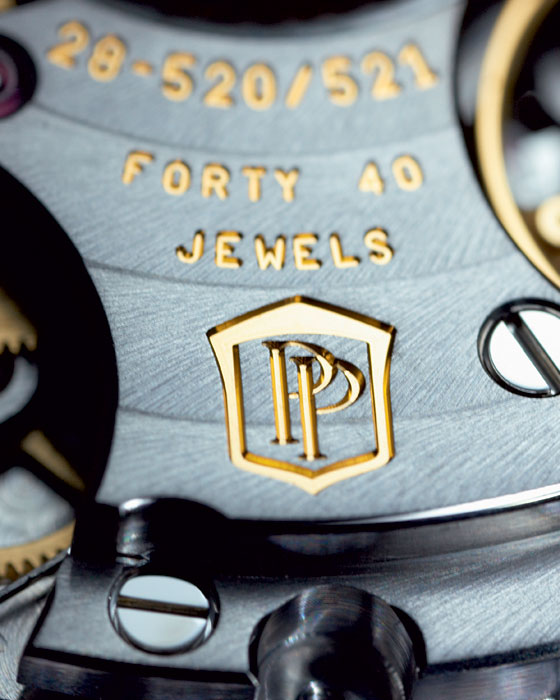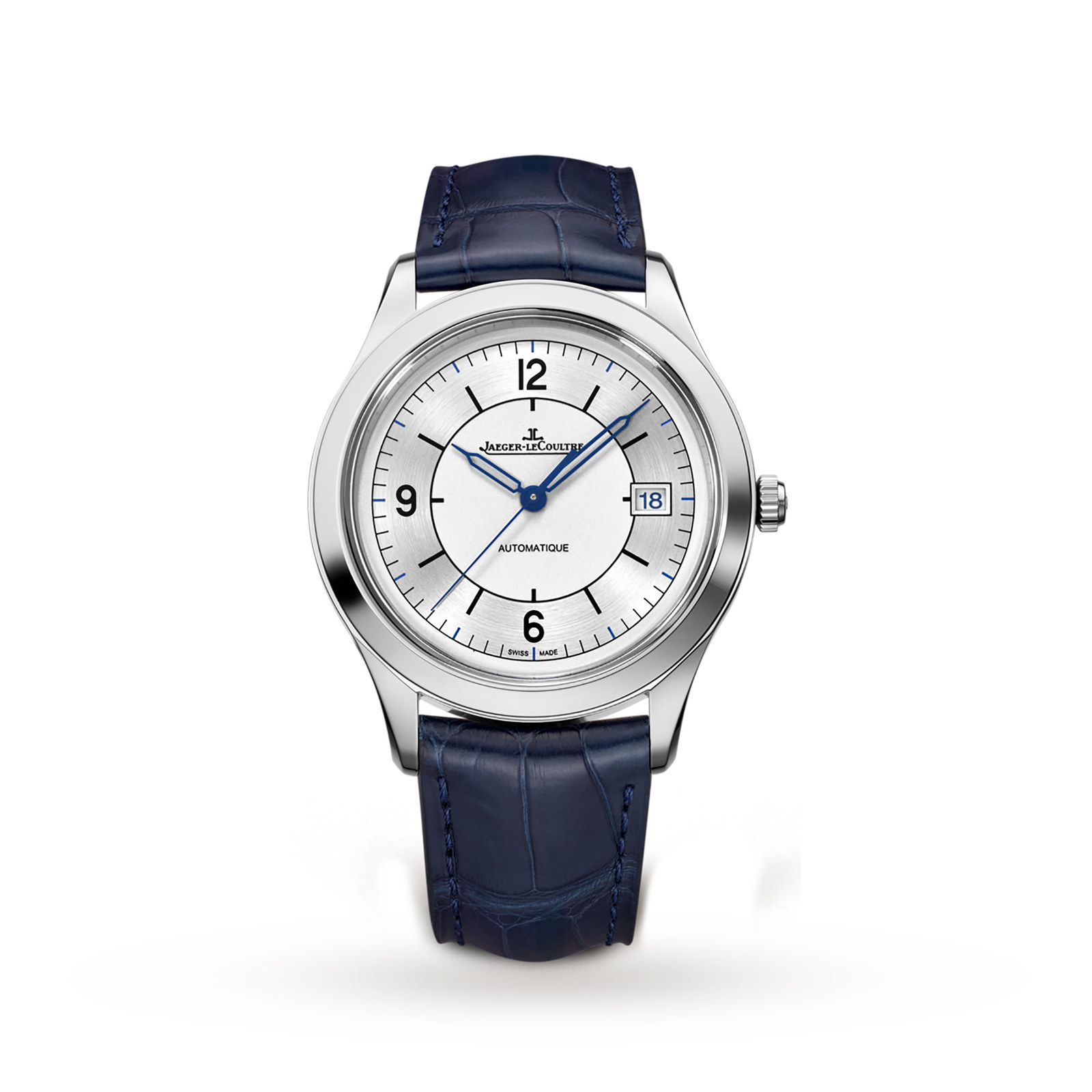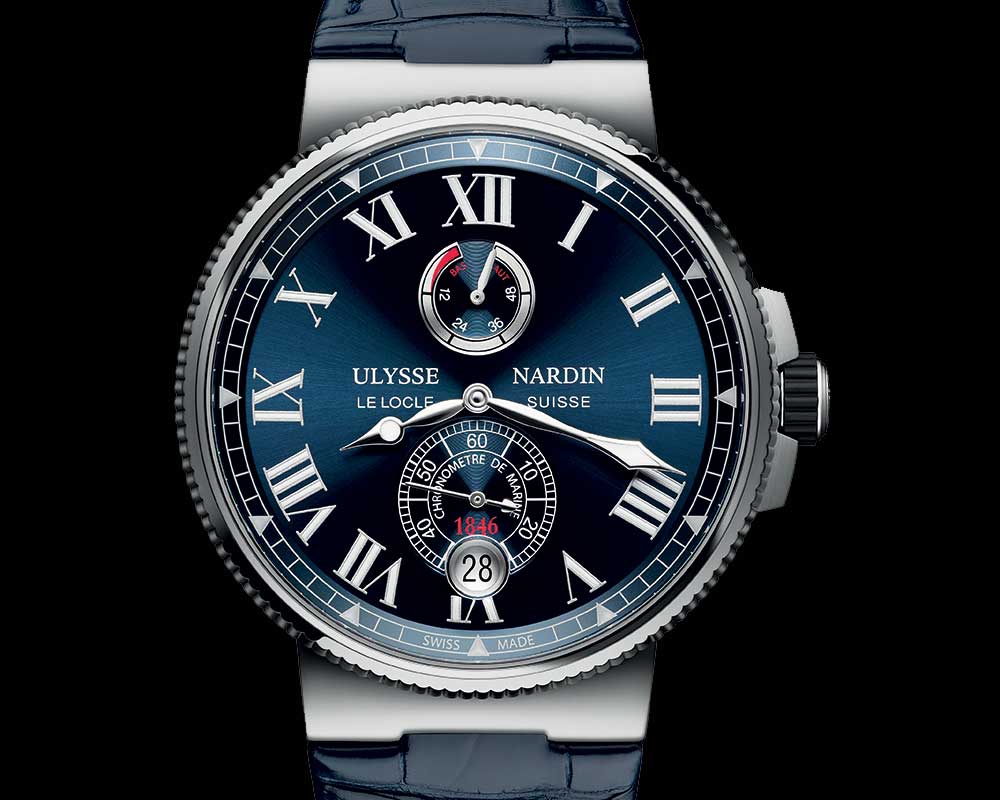By Harlan Chapman-Green
The Jargon Buster returns to WristReview for yet another article on the regulatory bodies of the watch industry. This will be our third and final installment for the time being, though, as the industry changes we will endeavour to keep you as updated as possible on who’s grading our watches, what criteria they are using and how they are undertaking the tests. In this segment, we’ll be looking at some of the most well-known regulators which are used by individual companies to grade their own timepieces in order to get ahead of the competition.
The Seal of Patek Philippe
This one’s quite an interesting number. As the name suggests, this is the mark of quality awarded by Patek Philippe to watches made by… Patek Philippe. Patek’s watches all used to use the Geneva Seal, much like competitors such as Vacheron Constantin and L.U.Chopard still do. At first, this move seemed baffling for some given that Patek Philippe had been a supporter of the Geneva Seal for over a century and by far the biggest ambassador for it. There are a few possible reasons for this move, the main being that at the time of the split (2009 – 2010) there were no tests for accuracy with the Geneva Seal (though, if you have read part 1 of these articles, you’ll know that there is now an accuracy requirement for the Geneva Seal, but it’s not as stringent as, say, COSC. This was implemented in 2012).
By contrast, the standards Patek Philippe set out for its own seal regarding chronometric performance are more stringent than COSC. For one, watches with a movement under 20mm in diameter must be accurate to -5 / +4 seconds per day and anything 20mm or over must stay within -3 / +2 seconds per day during testing. For the record, COSC’s requirements are -4 / +6 seconds per day. The testing of the movements is carried out once they have been placed inside the case of the watch, in order to ensure the movement performs as it actually would when on the wrist of a customer. We can also assume all the decorating standards put in place for the Geneva Seal are still in effect for the Seal of Patek Philippe.
There’s more to the Patek Philippe Seal than just the decoration and performance of the movement, though. This seal covers the entire watch and there are requirements for the rest of it as well. For example, the hands, applied markers and numerals on a Patek Philippe are always made of gold, unless there is a good reason why they aren’t used (it could be for a special project in the future perhaps?). If the watch has diamonds on it they must conform to what’s called the Top Wesselton specification which means they must be of the highest colour grade and clarity possible. They must also be gem-set, never glued on. Luckily, Patek Philippe also created a new gem setting technique they called Flamme which means it’s unlikely they would be tempted to glue the diamonds on anyway.
There are a couple of other considerations included in the Seal of Patek Philippe. If the watch has a minute repeater it must pass what’s become known as the ‘Stern’s Listening Test’, where the company owners would listen to each repeater to ensure it had the correct sound. The minute repeaters are also checked using high tech audio equipment as well to ensure they do not fade too quickly or come across muffled. Also, the seal requires watch movements to be sized accordingly to their case, so there shouldn’t be any cases of microscopic movements used in bigger cases, or vice versa. Finally, on the aftercare side, the seal means that Patek Philippe will strive to maintain a watch as best as it can, although this actually applies to all watches sold from 1839 onwards (when Patek, Czapek & Cie, the precursor to Patek Philippe, was founded).
Jaeger-LeCoultre 1000 Hours Control
This one is synonymous with owners of JLC watches who go on and on about how their watch was a great deal and so forth (I may have exaggerated a little). Nevertheless, the 1000 Hours Control is a very unique test in the world of watchmaking which pushes watches to their limits in order to ensure they are of the highest quality before going to the customer. It’s one of the ways that JLC ensures it delivers a very high-quality product at a price which is extremely competitive.
The 1000 Hours Control test was introduced when Jaeger-LeCoultre came up with the Master Control series in 1992 and was thought to be insane at the time. As the name suggests, it is a test of watches which lasts for 1000 hours or just under 6 weeks. During those six weeks, the chronometric performance is monitored as the watches are subjected to all manner of nasty things. If you remember the scene in Casino Royale where Daniel Craig’s Bond is tied to a chair and being whacked with a piece of rope by Le Chiffre, it’s basically the watch equivalent of that.
The watch is first placed into a machine which will simulate the daily motions the watch might undertake when on the wrist. I couldn’t imagine that it would be as extreme as the movements used by a similar test for the Foundation Qualité Fleurier certificate, Jaeger doesn’t disclose exactly what this part of the test involves. Once this test is complete, the watch is then moved onto phase two which will test the watch in six different positions to ensure the balance isn’t too badly affected by gravity.
After that is a test of the power reserve to ensure that the watch runs to the full length specified. The watches are then ready to be temperature tested. Starting at 22 degrees Celsius, the temperature around the watch is varied from as low as 4 degrees Celsius to 40 degrees. This is the average temperature range that most of their watches will stay in given that Jaeger has customers all over the globe who live in very different environments.
The longest part of the test is now ready to start. It’s called the cyclotest. The watches are rotated and allowed to rest in varying positions for differing periods of time, at which point their accuracy is measured and recorded. Unsurprisingly, Jaeger-LeCoultre does not tell us what their tolerances are for this. Finally, the watch is then tested for its water resistance using a dry test (see the Lexicon for more on that) that ranges from between 3 and 20 atmospheres, depending on which model is being tested.
Only when a watch has passed this six weeks of hell can it be given the 1000 Hours Control mark. When this was first introduced only the Master Control line was tested, but now nearly everything that leaves the factory is checked bar very exclusive and complex pieces. I really wish that JLC would disclose the accuracy tolerances it’s testing for, though, I can’t think of a reason why they should be hidden. One final thing to mention, this testing is undertaken with the movement all cased up like the Patek Philippe Seal.
Grand Seiko Certificate
The what? That’s right, Grand Seiko has its own certification process for the watches it produces and it’s applied to mechanical movements produced by Grand Seiko. It’s pretty similar to the procedures used by COSC, so there isn’t an enormous amount of discussion to have here. The tests are undertaken before the movement is put in the case, just like with COSC.
The major difference is the tolerance set for the watch. Whereas COSC requirements are -4 / +6 seconds per day, the Grand Seiko certificate requires watches to be within -3 / +5 seconds per day. Where COSC’s requirement on the mean variation of rate is 2 seconds per day, the requirement for GS (Grand Seiko) certificate is 1.8 seconds per day. The most significant variation in rates (the difference between the average daily rate and one of the rates from a testing day) is 10 seconds or less for COSC and 8 seconds or less for the GS certificate. Also, for the GS certificate, the maximum variation of rates from two days in one position is 4 seconds per day.
All the watches are tested in six positions rather than the 5 of COSC with the extra position being 12 o’clock up (known as ‘crown right’). Testing goes on for 17 days for the Grand Seiko Certificate. You can think of it as an exclusive one-up the Japanese have on the Swiss watch industry, but the tolerances aren’t massively different.
Richard Mille RM-031 High-Performance Certificate
This one’s a bit of a mouthful to say and was only introduced for one watch, the RM-031 High-Performance watch which debuted in 2012. The test has probably the strictest tolerances for accuracy of all the tests we’ve examined through all three parts of this Jargon Buster mini-series. First, the watch is sent for a COSC certification. It’ll then be cased up by Richard Mille’s partner, APRP (Audemars Piguet-Renaud Papi), where it will undergo another test, a cyclotest similar to that of the 1000 Hours Control. This cyclotest lasts for 15 days with one rotation made per minute. If the result is more than +1 / -1 second of deviation per day, or 15 seconds overall, the watch is taken apart and rebuilt from scratch.
When the watch returns to Richard Mille’s manufacture it’s still not out of the woods, as it must now undergo another cyclotest which lasts for a total of 31 days. This time, the limit is still -1 / +1 second per day, however, the average monthly variation must not exceed 30 seconds, regardless of how many days there are in the month.
Ulysse Nardin Chronometer and Performance Certificate
We’ve saved the one with the longest name until the very end. This test was introduced in 2012 and is applied to two movements from Ulysse Nardin, the calibre UN-118 and the UN-150 which appear within the Marine line of watches. This test involves a visual inspection of the movement to ensure it meets the high standards of the company. The watches are then subjected to a water resistance test and a variable pressure test which ranges between -0.6 bar (a small vacuum) and +2.5 bar.
The longest part of the test runs for 5 days in total and tests the performance of the watch. Each watch is tested in six different positions, like the Grand Seiko certificate, each position test lasts for 20 hours. The watch is subjected to varying temperatures while in any position, ranging from 8 degrees Celsius, 23 degrees Celsius and 38 degrees Celsius. Whereas COSC’s requirement for variation is anywhere between -4 / +6 seconds per day, the Ulysse Nardin certificate is more strict at -2 / +6 seconds per day. Also, there is less tolerance for inaccuracies caused by temperature change, with the limit being +/- 0.5 seconds per degree per day.
That sums up this little three-parter of the Jargon Buster. Next time there will be a very special article which I’ll keep under wraps for now, you won’t want to miss it!








